Facelifts
As part of the aging process which happens to all of us sooner or late, our skin progressively loses its elasticity and our muscles tend to slacken. The stresses of daily life, effects of gravity and exposure to sun can be seen on our faces. The folds and smile lines deepen, the corners of the mouth droop, the jaw line sags and the skin of the neck becomes slack. Around the eyes, the eyebrows droop and the skin of the eyelids gathers in loose folds. In the skin the first sign is fine wrinkles developing around the lips, at the outer corners of the eye and lines of expression. The rate at which this happens varies from one person to another and is probably determined by our genes. Aging of the skin of the face does not necessarily reflect the rate that the rest of our body and mind is ageing and many people feel frustrated that the face they see in the mirror is not the one they feel should be there. Substantial weight loss can produce similar changes in facial appearance to those of the aging process.
Who will benefit from a facelift?
The best candidate is one whose face and neck has begun to sag, but whose skin still has some elasticity and whose bone structure is strong and well defined. Most patients are in their 40's to 60's, but facelifts can be done successfully on people in their 70's or 80's.
It should not be obvious that a patient has had a facelift, but instead they look younger, more vital and cheerful. It is a procedure that technically works well but also increases morale and is well appreciated by the patient.
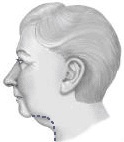

What a facelift does not do?
A facelift works better for the lower half of the face and particularly the jaw line and neck. If you have sagging eyebrows and wrinkles of the forehead then you should perhaps consider an endoscopic brow lift. Loose skin with fine wrinkles, freckles and rough areas will benefit more by chemical peel or laser resurfacing.
What should you do before the operation?
If you are overweight and intend to lose it you should do so before the operation. This allows the surgeon to remove more skin and therefore achieve a more pleasing result. You should avoid taking tablets containing aspirin and non steroidal anti-inflammatory drugs such as Voltarol and Indocid for at least two weeks before surgery as they increase the risk of bleeding.
You should stop smoking at least two weeks before surgery as this is the main cause of reduced healing. It decreases circulation of the skinflaps, particularly behind the ears.
Have your hair permed and tinted, if you wish, before your operation as fresh scars are sensitive to these chemicals for a few weeks.
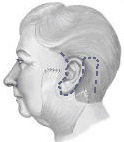
The surgery
A facelift is carried out in a hospital and most surgeons and patients prefer a general anaesthetic. It is possible to carry out the procedure under local anaesthetic and intravenous sedation but the patient would still be advised to spend the night in hospital. The procedure, although long, can be combined with other operations of all sorts. The most common however would be an endoscopic brow lift and an eyelid reduction. Other extra procedures which can be used to enhance the face at the same time are malar (cheek bone) and chin augmentation and lip enhancement.
This is an extension of the forehead lift which is designed to tighten the skin of the upper half of the face, as opposed to the standard facelift which helps the lower half of the face. The Deep Facelift carried out endoscopically avoids the same ear to ear incision. It is usually carried out at a younger age than the standard facelift. It tightens the skin of the mid-face and freshens the eyes, opening and lifting the outer angle and reducing the wrinkles of the crows feet. There will be swelling around and below the eyes which gradually resolves in about a month. There will also be scars beneath the eyelashes of the lower eyelid and sometimes in the upper gum line. There is a slight risk of damage to the nerve which supplies the muscles of the forehead. This weakness is usually partial and temporary, on rare occasions it may be permanent.
Incisions are made above the hair line at the temples and extend in a natural line down the front of the ear, or just inside the cartilage at the front of the ear, and continue around behind the earlobe and up in the crease behind the ear and off into the lower scalp. Occasionally it may be necessary to make a small incision under the chin. Sometimes only the skin is lifted following separation from the underlying platysma muscle.
More usually however the platysma muscleand its fibrous attachments (S.M.A.S.) is dissected free and sutured tightly to the solid structures in front and behind the ear. At other times the skin and the S.M.A.S. layer are lifted together as a single layer, but will still be sutured separately. Fat along the jaw line and under the chin may be removed by liposuction or on occasion through an incision under the chin. The skin is sutured so that it is lifted upwards and backwards, just as when one lifts the skin when looking in the mirror. Sometimes drains are inserted. Most surgeons will bandage the face to minimise bruising and swelling. These bandages will stay for one or two days and the sutures are removed in 7 to 8 days.
After your surgery there is usually some bruising of the cheeks and with gravity this tends to descend into the neck. Discomfort is usually mild and can be controlled with Paracetamol. It is normal for there to be some numbness of the skin of the cheeks and ears. This will usually disappear in a few weeks or months. It is better to keep the head elevated for a couple of days to reduce swelling. Drainage tubes will be removed a day or two after surgery. Avoid strenuous activity, saunas and massage for at least two weeks.
At the beginning your face will look a little puffy and may feel rather strange and stiff. The scars can be very well hidden by women with their hair and disc shaped earrings so that they should be able to resume work and social activities within a couple of weeks. Camouflage make-up can be helpful in masking bruising.
Men find it more difficult to disguise the scars and will need to shave their beard closer to the ear in front and also behind the ear where the skin has been lifted.
The scars in the hair do not usually show except that the hair is cut shorter immediately around the wound. There may be some slight reduction in hair growth in the temples, but this is not usually a problem unless the hair is very thin and repeated facelifts are being carried out.
How long does a facelift last?
A facelift does not stop the clock, but it does put the clock back. The effect of the facelift is likely to always be there, in that you will not look as old as you would have done if it had not been carried out.
Scars and Keloids
Every time the skin is cut or damaged through its full thickness it will heal with a scar. Some people naturally make better scars than others. We cannot accurately predict this but in general we are aware that patients with a black skin and at the opposite end of the spectrum patients with fair freckled skin and red hair will tend to produce poor scars including hypertrophic scars and keloids.
Certain areas of the body produce worse scars than others. The worst area being the middle of the chest which can on rare occasions produce keloids spontaneously without any known injury. The tip of the shoulder is poor, but fortunately the face and neck make good scars generally.
Scars which lie in the lines of skin tension tend to be better than ones that run across them. Surgeons will try and choose a good site and direction, but if the scar is due to an injury, there is no choice. A good site for a scar is a hidden site, such as the arm pit for carrying out liposuction of the chest.
What is the difference between a hypertrophic scar and a Keloid?
There is a whole range of scars but at the poor end there is the hypertrophic scar which occurs when the wound heals to become red, raised and itchy for a few months but will then resolve to become flat and pale. A keloid is similar but the scar continues to grow encroaching upon normal tissue and may need specific treatment.
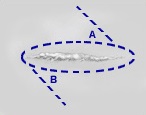
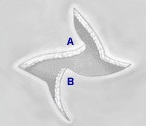
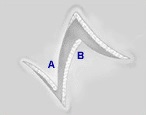
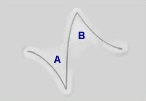
The treatment of active scars
Time is the best healer as eventually normal scars and hypertrophic scars will mature and become pale. We tend however to try and treat the severer hypertrophic scars and keloids.
We use:
Pressure which can be from a bandage or a pressure garment which would be made of some sort of stretchy material such as Lycra or Tubigrip. This pressure should be applied day and night for many months or even years.
The application of silicone. Usually in sheet form directly to the wound is thought by many to speed up maturation of the scar.
Steroids. The simplest is the application of a steroid containing tape (Haelan tape) which is worn day and night for extended periods. Strong steroids such as Triamcinalone can be injected into the scar itself. It is usually given as a course at 4 to 6 week intervals. Severe keloids may regress with this treatment but later recur requiring further injections.
Scar revisions
These are usually done under local anaesthesia when it is felt that a scar can be improved because of particular circumstances or complications of healing in the first instance, or because the procedure is likely to be carried out in a better manner. The old scar is removed by one of several plastic surgery techniques and is repaired. Post operative pain is usually minimal. Sutures are usually removed in 4 to 6 days from the face and 7 to 10 days from other parts of the body. However, dissolving sutures are frequently used on the trunk and limbs to avoid stitch marks. Stitch marks are much less likely to appear on the face as the stitches are removed early. All new scars will initially be red. Fading occurs within 6 to 24 months depending on the scar's location and the patient's skin type.
Additional procedures
A Z-plasty is used to reduce the tightness or contracture of the scar making it more comfortable and less conspicuous. It may also be used to change the position of a scar and by reducing tightness improve healing. A Z-plasty is performed by raising two adjacent skin flaps and transposing the flaps (putting each flap where the other one was - see illustration). Dermabrasion and laser surgery can also be used to blur the edges of the scar and minimise surface irregularities.
Acne scars
Scars caused by active acne are difficult to treat. On the face it is sometimes possible to cut out the deep scars or to lift them to normal skin level. Dermabrasion and chemical peels have been used to reduce the overall depth of scars and to tighten the skin. More recently laser resurfacing has been used for the same purpose and has become very popular. It should be stressed that these treatments do not remove the scars and at best give a moderate improvement. None of these surgical procedures are suitable away from the face. Other procedures that can occasionally be helpful are facelifts to tighten the skin and simple excision of badly affected areas.
Burn scars
Deeper burns tend to heal with scars. Children are particularly badly affected and suffer thick red hypertrophic scars as a result of scalds. The main route of treatment is with pressure garments, but silicone can be helpful. Surgery is used to replace very severe scars with skin grafts and to reduce tension in the scars by putting in extra skin grafts.
Keloids
These are a difficult and unresolved problem. The easiest to treat are earlobe keloids which sometimes appear after piercing and often simple excision is adequate. Elsewhere courses of steroid injections are the main treatment, rarely, excision using some other treatment to try and reduce recurrence of keloids can be helpful. As, for instance, a skin graft, steroid injection and irradiation. There is a very small risk of tumour formation as a result of the irradiation, but with modern treatments, this is extremely low and it should be discussed with the radiotherapist.
Skin creams
It is not felt that skin creams have a direct affect on the scar, but the massaging of a moisturiser such as E45 into the scar will keep it from becoming dry and help make it supple. Scars may be sun sensitive and sun screen can then be used to protect them.
Lasers in Plastic Surgery
Who does it help?
It treats the effect of sun damage and ageing of the face, thus it reduces fine wrinkles, uneven pigmentation and rough skin. It also slightly tightens the skin. It is moderately effective in treating facial scars as for instance shallow acne scars. Certain early skin cancers can be treated by CO2 Laser where the aesthetic result is particularly important. Other methods may give more certain cures.
Are there other options?
Dermabrasion and chemical peels have been used for the same purpose for many years. A CO2 Laser is newer, more expensive and possibly more precise and effective.
Is this an alternative to surgical procedures?
No - they are different things. A facelift (rhytidectomy) lifts tissue and removes surplus skin. It is particularly good for the jaw and the neckline which is inaccessible to the laser. Excess skin is removed more precisely in an eyelid reduction (blepharoplasty) and the bags or bulging fat can be removed. The CO2 Laser will reduce fine wrinkles and tighten the skin of the lower eyelids generally rather than precisely.
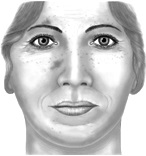

What is involved?
Small areas can be treated under local anaesthetic cream (EMLA, Ametop) or local anaesthetic injections. Intravenous sedation can be given by an Anaesthetist to supplement this, or if the patient prefers, a full general anaesthetic. This would be usual if the whole face is treated. After treatment the skin is raw and may be covered with ointment or a dressing.
Healing takes 7 to 10 days leaving the new skin red. Camouflage make-up is helpful in covering this. The redness usually fades after two to six months during which time sunshine should be avoided. Sun exposure increases the risk of the development of dark pigmentation. This is more common in patients with olive, brown or black skin.
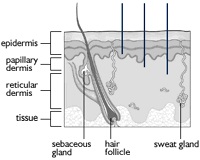
For superficial or medium resurfacing, the laser can be limited to the epidermis and papillary dermis. For deeper resurfacing, the upper levels of the reticular dermis can also be removed.
What are the risks?
Slight changes in pigmentation can occur. Any darkening can be treated but will tend to resolve spontaneously. Long term lightening of pigmentation is also a possibility. Scarring is rare with normal skin. The risk is greatest is patients known to produce keloids, who have been treated with radiotherapy in the area or have had a recent course of Roaccutane. Cold sores (herpes) can be reactivated. Patients with this tendency are given preventative treatment. Risks will be reduced by choosing a surgeon who is an accredited plastic surgeon trained in laser surgery.
 Facial aesthetics is one of the most preferred plastic surgery. People may re-create themselves by means of facial aesthetics. Getting facial aesthetics became popular by most people because of the increasing success rates on facial aesthetics in Turkey.
Facial aesthetics is one of the most preferred plastic surgery. People may re-create themselves by means of facial aesthetics. Getting facial aesthetics became popular by most people because of the increasing success rates on facial aesthetics in Turkey.
In the content facial aesthetics; there are browlift, forehead lift ear surgery, facelift, lip aesthetics, eyelid aesthetics and many aesthetics treatments, applied on face.
What is the facial aesthetics ?
Facial aesthetics is the applications to extinguish negative results on face of time and several external factors on the face. The goal is to provide a new look to skin.
You may feel all effects of life on your skin. Facial aesthetics may be apllied to extinguish skin problems. The skin of people having facial aesthetics is cleaned from the signs of aging and given a younger look. Psychologies of people is affected positively as a result of facial aesthetics.
Signs of aging may cause psychological problems on people. Aging and initiating wrinkling in skin are the main factors that leads people to consider facial aesthetics.
Especially stress and the sun are among the main reasons of aging of skin.
In thirties skin problems begins, saggings and lines occur in progress of time.
Reasons to be applied facial aesthetics
Facial aesthetics are applied to extinguish saggins and wrinkles which occur because of the aging and some external factors. Bones on face starts changing by getting thinner in progress of time. Also the fatty tissue on face becomes thinner and saggings occur. As a result of these saggings skin begins wrinkle.
Saggings take place especially on cheek, area of neck, area of chin and round eyes.
How the facelift operations are applied ?
The goal of facelift operations is to extinguish saggings and wrinkles on face and area of neck. Facelift is one of the most detailed operations which are applied for facial rejuvenation.
The operation is applied from fold which begins in front of the ear to behind the ear with cut of skin. Cutting line is hided to hold in front of the ear and the cut behind the ear is hided inside hair. Deregulation of temporal side, cheeks, areas of neck and chin is provided on facelift operations.
Then muscle and bond tissues become visible completely and flaccitides are extinguished.
Facelift operation is ended up with erecting skin on new place.
Ultheraphy Method on Facial Aesthetics
Sound waves are used via carrier tissues which are located substratum of skin on ultheraphy method. Through sound waves production of collagen is warned and skin becomes tight.
This treatment is one of the most important methods on facial aesthetics. By way of ultheraphy, production of collagen increases, bond tissue gets stronger, skin becomes tighter ang wrinkles decrease noticeably. Also it may be possible to extinguish saggings and wrinkles on brow, forehead, decollete, eyes, the face contour and area of chin.
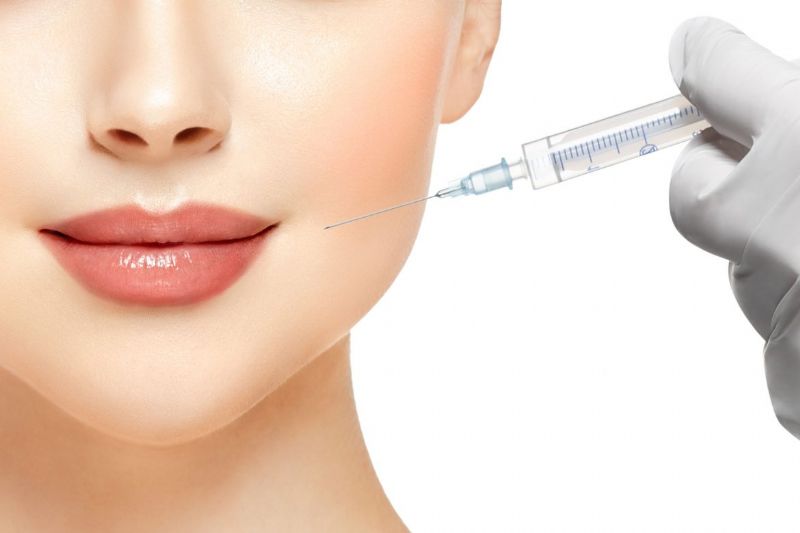
How can I receive a treatment ?
If you contact us with the communication form on our website for detailed information , the most available treatment method for you is determined by our expert plastic surgeons as soon as possible.
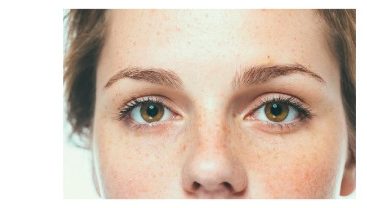
Face is the important part of the human body which will be exposed to outer world for greater extent. So, most of the people love to be fairer so that they can be catchy for the people. But today due to increased pollution and lack of nutrition the skin is getting dull day by day. So face lifting is the advanced method used by the people to keep their skin fair and fit. In recent days fairness is considered to be an asset. Before people used to give less importance for their skin complexion but the current trend has made all the people to try and increase their beauty.
If a girl or women is not fair then she will have some guilty feeling which may lead to depression. There are many techniques used for increasing the fairness of the skin. If a person needs to be identified, first we look at the face. With increased exposure to sun light and polluted air the face has lost its complexion. There is no need to worry when Turkey face lifting is waiting for you. The hospitals in Turkey are well equipped and can provide best results without any failures. To perform face lifting there is a requirement of dermatologist or skin surgeon who have got vast experience.
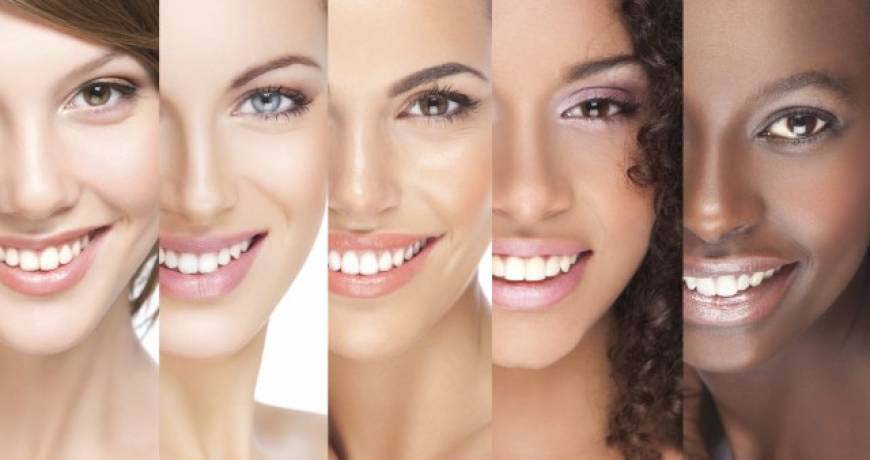
![]()